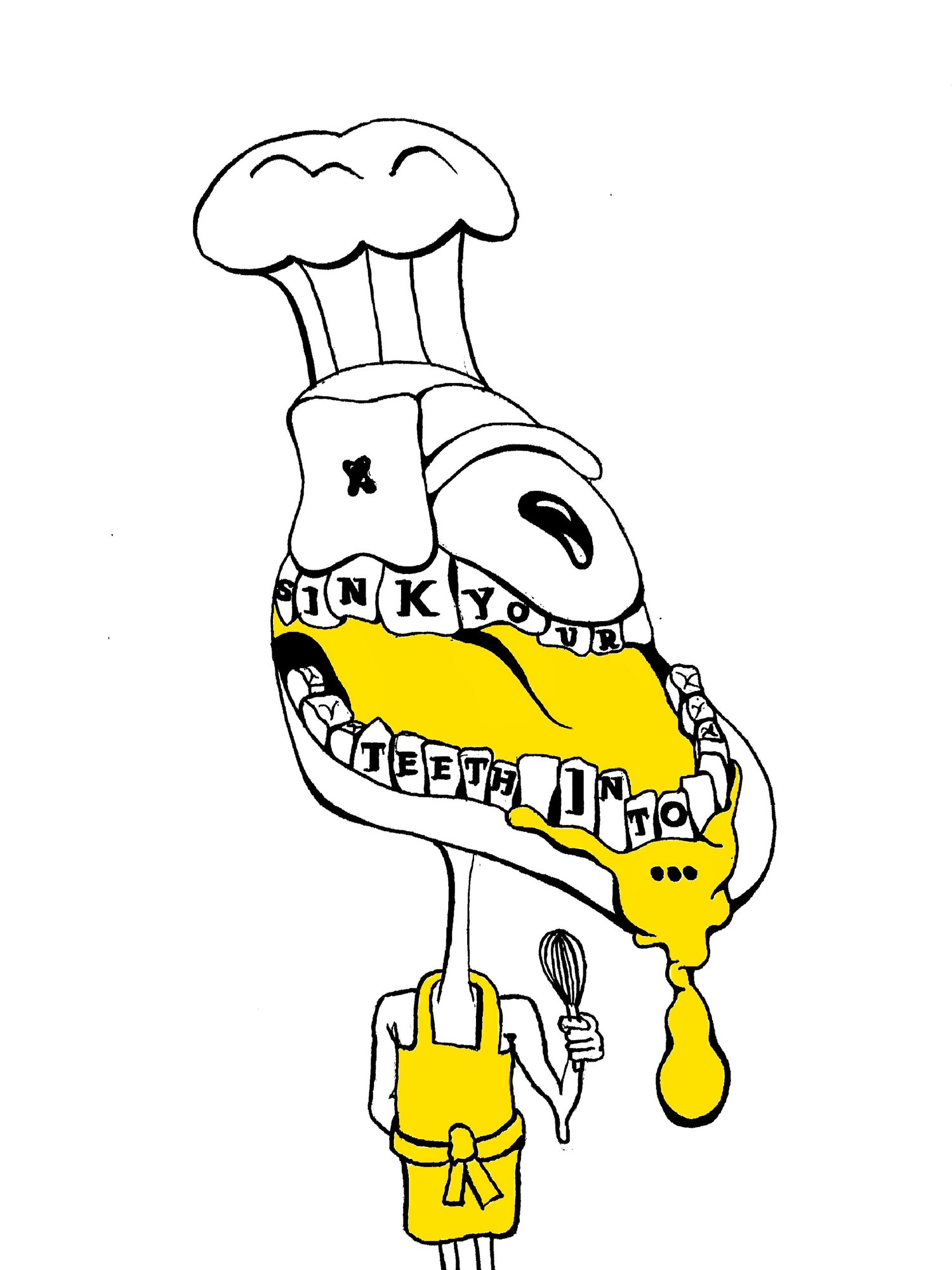Is It Me, or Does a Watermelon from Eataly cost £70?
Joseph Lyons presents a meticulously cited report of his investigation into overpriced Italian fruit.
‘£70’, said the polite man selling (and presumably guarding) the Zerbinati-branded watermelons at Eataly’s Natoora corner.
£70! S E V E N T Y BRITISH POUNDS. That’s £9.30 for less than 1/8th of a watermelon (see below).
‘Mamma Mia!’ I reported this to the local authority, an 85-year-old Neapolitan grandmother: ‘When I was a-young, my father used to pay a-one lira for a big, huge watermelon – at least ten kilo! - and pay any boy in the street ten cents to bring it to my mother (sic).’ I was not actually expecting this kind of 1958-rural-italian-village service from Eataly.
‘Allora…’ - Eataly, after all, is branded as meeting ‘the highest standards of social and environmental impact’ and are radically and bravely anti child labour. Well done Eataly! I can therefore only assume their branding was either written prior to the cost-of-living crisis (probably under the coercion of a watermelon cartel), or whenever a society-impacting ‘high standard’ meant £70 watermelons.
‘Con calma.’ - let’s see how this could be.
Perhaps it’s about what watermelons are made from:
8% sugar and other nutrients
Apparently not.
Or maybe it’s about how long it takes to grow them:
70-100 days, from planting to harvest (at home)
Slightly longer than cucumbers (that other expensively rare fruit)
In other words, also no.
Lastly, let’s try marketing and outrageous profits:
World Today News: Zerbinati brings the ‘Ferrari of melons.’
UK watermelon wholesale price vs Eataly price: £0.82/kg vs £6.00/kg (see below)
‘Si - perfetto!’
There’s a risk with conflating this ultra-expensive price with the surprising number of watermelons-are-expensive national newspaper articles of late. One Lidl customer recently felt ‘robbed’ when her 3.5kg watermelon cost £4.20. This outrageous price makes the Eataly watermelon 400% more expensive per kg. Explaining their value, the nice Natoora-branded salesman at Eataly told me the watermelons are shipped straight ‘from Italy’. This is also true for multiple brands of pasta at my local Tesco.
Marketing is truly alchemy, and the best explanation I can imagine for this phenomenon. Eataly is known as a kind of big, huge Italian Disneyland with high prices, where the Italian fluency of the customers may be varied, but the enthusiasm for the culture is constant. Like Disneyland, people pay more just because they are there. I love Italy, and I have loved Eataly. I’m often happy to pay more just to be there. Some marketeers, like TED-favourite Rory Sutherland, know that people sometimes only pay if the product is expensive; magic must be expensive, or else it’s not magic. But there must be something more going on here. Perhaps there is profit compounding going on: Zerbinati is the fruit brand (they want to make a profit - understandable), Natoora is the grocer who sells Zerbinati products (they want to make a profit too – fair enough) and Natoora sells within Eataly, the beloved superstore (assumably, they want to make a profit also). Three brands, three profiteering companies, one astronomical price.
A further explanation is that we’ve come across an accidentally-honest example of the horrifyingly-stark price hikes involved in selling products by parts. In Eataly, watermelon is typically sold by the 1/8th of a watermelon, which would cost £9.30 (scary, but not literally bank-breaking); whereas I asked for 1 watermelon, which costs £70 (literally bank-breaking) and is sourced from the back of the shop. Chances are, Eataly doesn't expect anyone to order an entire watermelon (I’m not sure why) and to notice how far prices are above and beyond the supermarket norm. Framing is clearly a key marketing tool here. Grossly-high profit margins facilitated by framing can be found everywhere: Campigiani, a leading manufacturer of ice cream machines, claims ‘a good, quality commercial ice cream machine can make an ice cream for as little as 12p versus the average selling price of an ice cream cone at £2.00’. Maybe Eataly is doing for the gross profits of watermelons what has already been done for ice cream… (…and coffee…and electricity and gas distribution…)
Or perhaps this is too understanding – I’ve found that shocking numbers of people (including myself), upon hearing about this mystical £70 watermelon, have effortfully tried to post-rationalise the grim price on behalf of the profiteers. Why do I feel like we’re doing, as the social anthropologist David Graber called it, interpretive labour? Why are we bothering with the kind of mental labour involved in understanding those in power, undertaken by those without power, to avoid the unilateral infliction of structural violence - in this case, food deprivation? I know Eataly doesn’t control our access to food, but it’s ick (sic) to come across such a common raw food with such a hiked price…concurrent with the ongoing global conversation around hyper-inflation, it would trigger someone who’s, say, 85 years old.
Rich people are rich people, and they want to justify their rich status, so will be happy to pay for these profits. Those less disgustingly wealthy won’t, and that’s okay: we will learn. Learn what you ask? In the end, as was the case hundreds and thousands of years before: to farm, to grow, to harvest…watermelons, apparently.



